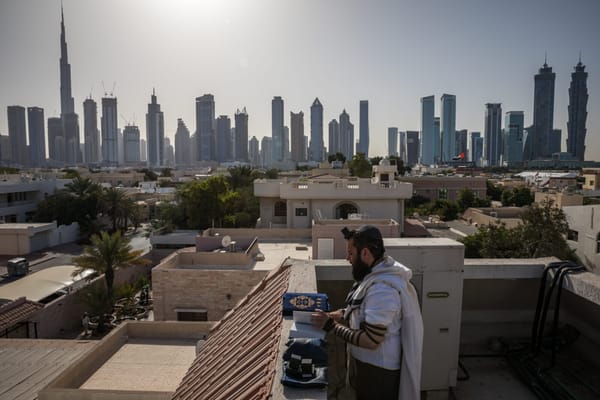Center-Periphery Relations in Morocco
In Nador, a regional capital located on the Mediterranean Sea at the eastern end of the Rif Mountains in Morocco, coffee shop talk often turns to the relationship with the capital city, Rabat, a five-hour car ride or a nine-hour train or bus ride to the west. Nadoris are sensitive about their status









